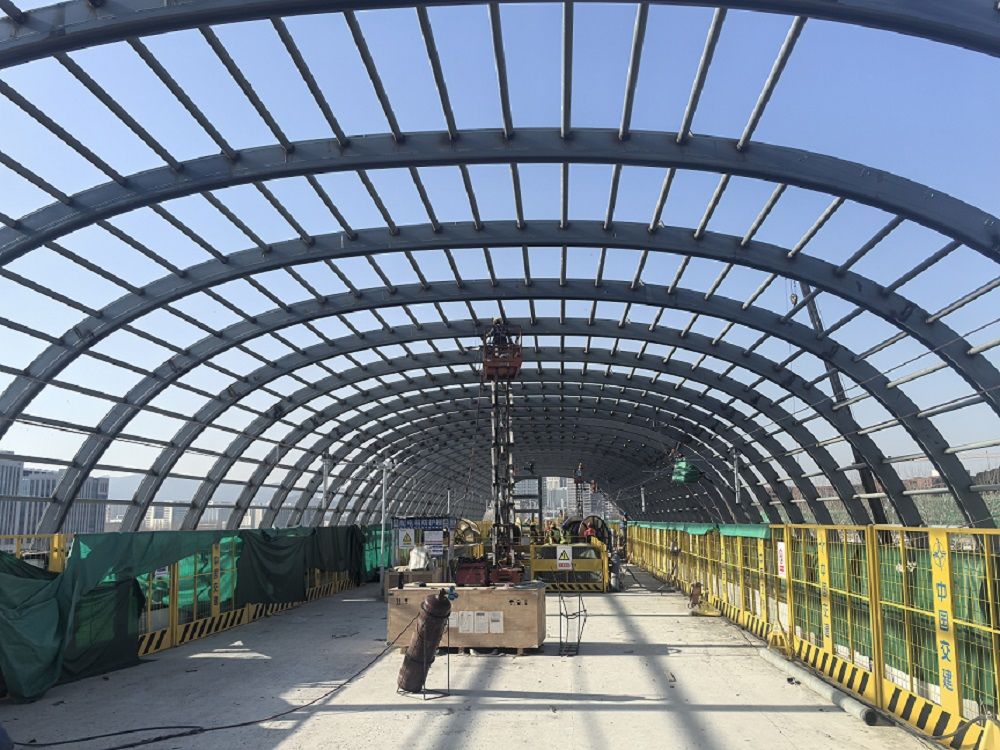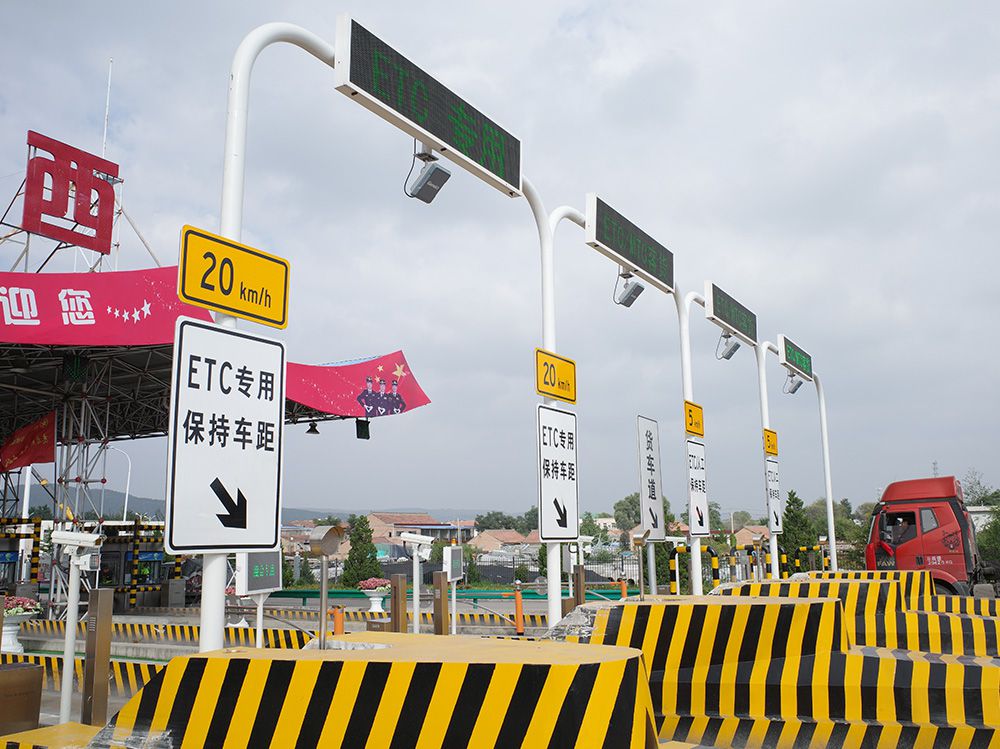Aug. 28, 2025
Share:
A road gantry is a vital structure used in transportation systems to support signs, traffic signals, cameras, and various other equipment. Its primary purpose is to help manage traffic flow, monitor road usage, and enhance safety by providing clear visual instructions to drivers. Road gantries are strategically placed over roads or highways to ensure that critical information, such as speed limits, lane changes, or toll collection notices, is visible to drivers, regardless of their position on the road.
Road gantries serve a dual purpose: not only do they improve traffic efficiency, but they also contribute significantly to public safety by providing real-time data to authorities, improving congestion management, and supporting the integration of advanced transportation systems.

There are several types of road gantries, each designed to serve specific traffic management functions. These include:
Etc Toll Gantry Steel Structure :These are used in toll booths to collect road usage fees. They typically have electronic sensors that automatically charge vehicles as they pass under the gantry. These systems help streamline toll collection and reduce congestion at toll stations.
Traffic Control Gantries: These gantries hold traffic lights, lane control signals, and variable message signs. They are used to manage traffic flow, signal lane changes, and communicate real-time traffic conditions to drivers. These systems can help alleviate congestion during peak hours by directing traffic efficiently.
Surveillance and Monitoring Gantries: Equipped with cameras, these gantries monitor road traffic, detect violations like speeding or running red lights, and provide data to law enforcement. In addition to traffic surveillance, these systems can also monitor road conditions, such as accidents or roadworks.
Signage Gantries: These gantries are used for the display of permanent road signs such as speed limits, directions, or upcoming exits. They help ensure that drivers receive necessary information in a timely manner, regardless of weather conditions or obstacles on the ground.

One of the most significant advantages of a road gantry is its ability to enhance traffic flow and road safety. Here's how:
Improved Traffic Efficiency: By placing electronic signs and traffic signals at strategic points, road gantries help prevent bottlenecks and ensure smoother traffic movement. Dynamic signage allows for real-time adjustments based on road conditions, reducing congestion, particularly in high-traffic areas or during peak times.
Safer Driving Conditions: Road gantries improve driver safety by providing clear, consistent messaging. Whether it’s a speed limit change due to weather conditions or a warning about a road hazard, gantries ensure that drivers are informed and can react accordingly.
Support for Advanced Traffic Management: Modern road gantries are integral to the implementation of smart traffic systems. These systems use real-time data to adjust traffic lights, inform drivers about delays, and enable authorities to manage traffic remotely, all of which improve road safety and reduce travel time.
When compared to traditional traffic management methods, such as standalone traffic lights or road signs, road gantries provide significant advantages:
Higher Visibility: Unlike static signs or ground-based traffic lights, road gantries are elevated, making them more visible to drivers from a distance. This visibility ensures that messages are received earlier, allowing drivers ample time to adjust their speed or lane choice.
Reduced Traffic Congestion: Road gantries are more efficient than traditional toll booths or signage as they reduce the need for vehicles to stop or slow down significantly. Electronic toll collection gantries, for example, allow for free-flowing traffic, preventing long lines at toll stations.
Enhanced Flexibility: Road gantries can display variable messages, such as traffic warnings or emergency alerts, which static road signs cannot. This adaptability makes gantries an essential part of modern traffic control systems.
In cities, where congestion and traffic flow are a constant challenge, road gantries are critical in maintaining order. Urban transportation networks utilize these structures not only for traditional traffic management but also for smart city applications.
Integration with Smart Systems: Road gantries are increasingly integrated with advanced sensor systems, such as smart traffic lights, weather monitoring systems, and vehicular tracking devices. These systems enable real-time monitoring and management, improving both traffic management and public safety.
Sustainability and Efficiency: With the rise of green technologies in urban development, road gantries are also being designed with sustainable materials and energy-efficient lighting, contributing to the overall environmental goals of smart cities.
For those looking to purchase road gantries, several factors should be considered:
Purpose and Customization: Different projects may require specific types of road gantries—from toll collection systems to traffic control units. Understanding the purpose of the gantry will help buyers choose the right type and ensure that it is tailored to their needs.Contact us to provide you with Transportation Infrastructure Solutions.
Technology Integration: Today’s road gantries are often integrated with sophisticated technologies such as traffic sensors, cameras, and dynamic signage systems. Buyers should consider how well the gantry can be integrated with existing infrastructure, including its compatibility with smart traffic management systems.
Durability and Maintenance: Road gantries must be able to withstand harsh weather conditions, especially in areas with extreme temperatures or high winds. It’s important to select high-quality gantries that are durable and easy to maintain for long-term reliability.
Cost Considerations: Prices for road gantries vary based on factors such as size, material, and technology. It’s essential for buyers to compare quotes from reputable suppliers, ensuring they get the best value for their investment.
7.Conclusion: The Essential Role of Road Gantries in Modern Infrastructure
Road gantries play an indispensable role in modern transportation systems. Whether enhancing traffic flow, improving safety, or supporting smart city technologies, these structures are central to optimizing the way we travel. With advancements in technology, the future of road gantries is exciting, offering even more sophisticated solutions for urban and rural road networks alike. If you're in the market for road gantries, Hongrui Manufacturing is a leading supplier that offers high-quality, customizable solutions designed to meet your specific needs.
Latest News
Our team works with you during every phase of the project.